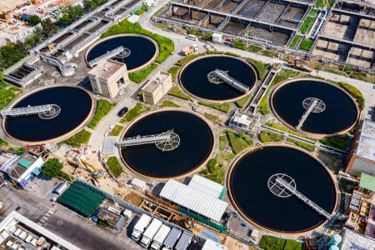Phosphorous Solutions For Wastewater Treatment

This paper outlines the growing challenge of nutrient pollution—particularly phosphorus—in U.S. waterways and the tightening discharge limits facing wastewater treatment plants. With phosphorus contributing to harmful algal blooms and aquatic dead zones, utilities must adopt advanced treatment strategies to meet new EPA standards and protect water quality. This paper presents a comprehensive overview of technologies for phosphorus removal and recovery, including chemical and biological processes, ballasted clarification, filtration, and nutrient recovery.
Xylem’s portfolio of solutions enables utilities to meet ultra-low phosphorus limits while turning waste into a valuable resource. The paper emphasizes flexible, scalable approaches tailored to plant size, regulatory requirements, and operational goals, helping utilities transition from compliance-driven operations to resource recovery leadership.
What utilities will gain from this paper:
- Understand phosphorus’s environmental impact and the urgency of meeting new discharge limits.
- Explore treatment technologies, including:
- Chemical precipitation
- Enhanced biological phosphorus removal (EBPR)
- Ballasted clarification (BioMag®, CoMag®)
- Tertiary filtration (Forty-X®, Taron®)
- Nutrient recovery (Ostara’s Pearl® system)
- Compare system configurations for batch and continuous flow operations.
- Optimize phosphorus and nitrogen removal while minimizing sludge and energy use.
- Design for resilience and efficiency using smart control systems like SmartBNR™ and OSCAR™.
- Recover phosphorus as fertilizer, turning waste into Crystal Green® for agricultural reuse.
- Prepare for future regulations and leverage funding opportunities like the Bipartisan Infrastructure Law.
Get unlimited access to:
Enter your credentials below to log in. Not yet a member of Water Online? Subscribe today.
